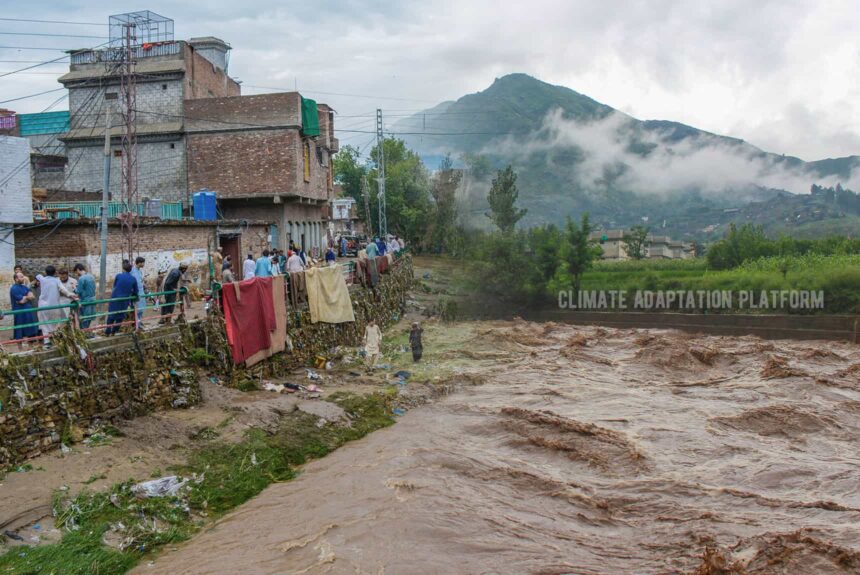Can this year’s sequence of extreme events be blamed on climate change?
- The deadly floods in Pakistan that submerged a third of the country in August and September this year,
- Unprecedented rains and heat months in Australia,
- Brazil’s record rainfall in May caused landslips and mudslides that killed more than 100 people,
- Africa’s lingering droughts that have been going on for four years,
- Europe’s record-breaking temperatures lowering its river levels, and
- The 70-day heatwave in China has reduced its river flows to record levels and their hydropower generation.
However, linking any single weather event to climate change is a complicated business because it is both a product of climate change and climate variability, according to Caroline Wainwright, a climate scientist at Imperial College London. And one powerful source of climate variability is the El Niño-Southern Oscillation (ENSO) which determines the weather in the topics and beyond.
El Niño and La Niña are the extreme phases of the ENSO cycle and are a result of either the weakening or strengthening of trade winds. During El Niño, trade winds weaken, bringing unusually drier and warmer weather in Canada and the US. Still, in the US Gulf Coast and Southeast, it brings wetter conditions leading to increases in flooding.
La Niña has the opposite effect of El Niño and happens when trade winds are stronger than usual, pushing more warm water towards Asia. Strong trade winds also allow more warm water to accumulate in the Western Pacific leading to more rainfall in the region, a condition that the world has been in in the past two years. La Niña can bring droughts in the southern US and heavy rains and flooding in the Pacific Northwest and Canada. It can also trigger droughts in Chile, the Middle East, and East Africa, leading to higher than average rainfall in West Africa and South Asia.
According to The Economist, “Heatwaves and floods around the world may be a taste of years to come” the interconnectedness of the global climates means that climate variations in some parts of the world will affect other regions, waning with distance from the tropics.
The flooding in Pakistan is likely a result of many factors. High temperatures in the Himalayas earlier in the year may have accelerated glacial melts and overloaded rivers that have intensified flooding. A warmer climate means more air moisture, leading to unusually high rainfall events and increased flooding risks. Air pollution may also contribute to the event.
The article notes that the World Weather Attribution Project, a global network of climate modellers, has begun looking at these various factors and their role in Pakistan’s devasting floods.
Climate models show that La Niña’s impacts will expand farther distances, creating heavy rains and more ocean warming in various regions. Early Warming systems will become very handy to help areas prepare and mitigate its effects.
However, climate change can distort climate forecasts. In the past, weather agencies would predict the possibility of an El Niño based on temperature differences in the Pacific. Still, the article says that rising temperatures due to climate change have made this process unusable.



Leave a Reply